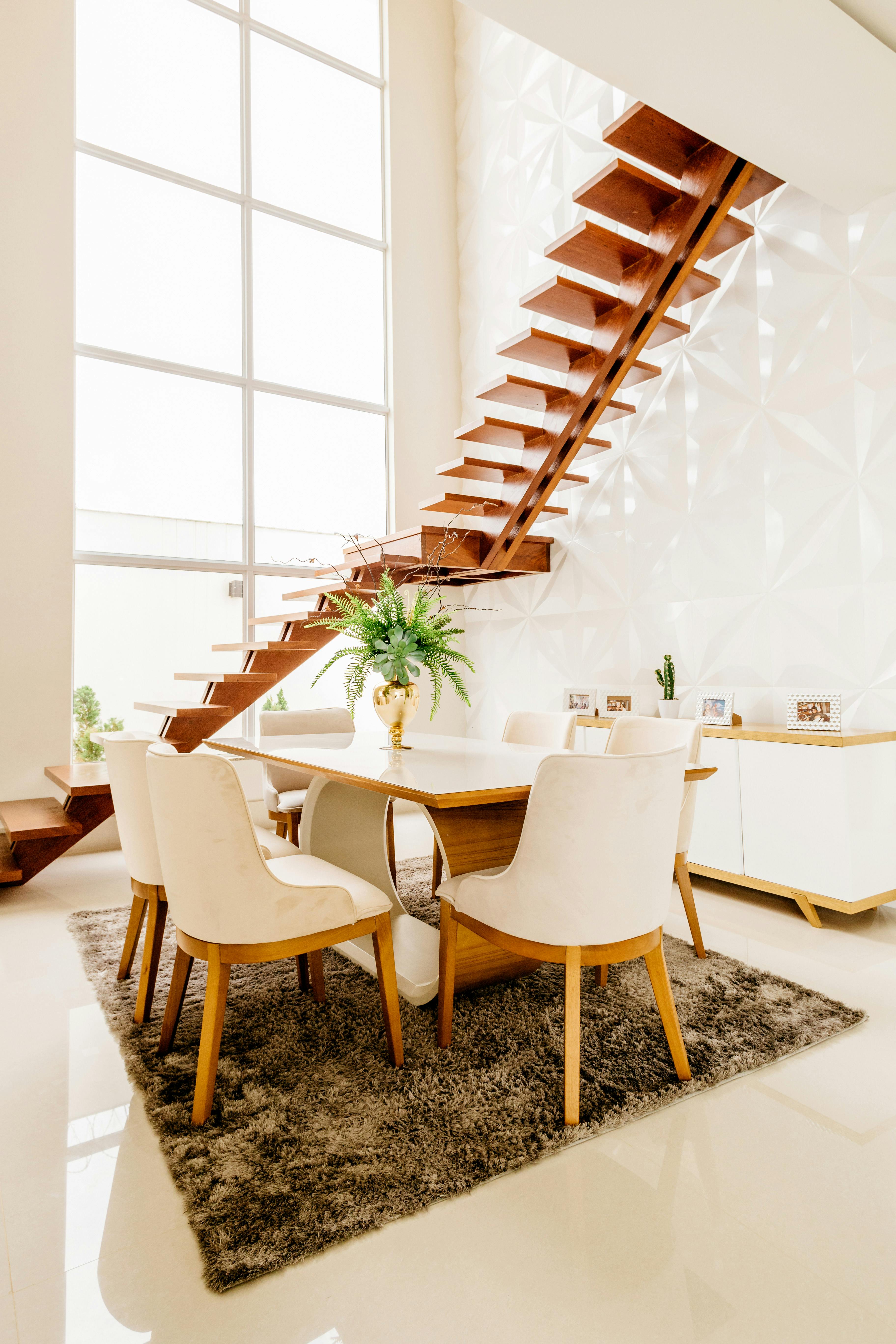Deciphering the Growing Trend of Micro Apartments in Urban Real Estate
Introduction: The urban real estate landscape is witnessing a significant shift as Micro Apartments gain popularity among city dwellers. This article offers an in-depth look at this emergent trend, providing a comprehensive understanding of its origins, current market trends, and potential implications for investors and residents alike.

The Origin and Growth of Micro Apartments:
Compact living spaces, often referred to as Micro Apartments, trace their origins to densely populated Asian cities. Over time, this model has found its way into Western urban markets, fulfilling the need for affordable housing in rapidly growing metropolitan areas. Micro Apartments, generally under 300 square feet, offer minimalistic yet comfortable living spaces, often equipped with convertible furniture and modern amenities.
Current Market Trends and Analysis:
The Micro Apartment trend has been fuelled by a combination of skyrocketing urban property prices, a growing single population, and the millennial preference for location over space. Cities like New York, San Francisco, and Seattle have witnessed a surge in micro-development, with these units fetching premium rental rates. Notably, despite the Covid-19 pandemic, the demand for micro-units has remained resilient, affirming their position in the market.
The Investor Perspective:
From an investment standpoint, Micro Apartments offer an attractive proposition. They command high rental yields, are relatively easy to maintain, and have a steady demand, primarily from young professionals and students. However, challenges do exist, including restrictive zoning laws, high turnover rates, and public perception issues, which necessitate careful market research and strategic planning.
The Resident Perspective:
For residents, Micro Apartments offer the opportunity to live in prime locations at a fraction of conventional rent. These units prioritize functionality and design, creating a sense of spaciousness despite the limited square footage. However, the lack of private space and potential mental health implications of living in confined spaces are legitimate concerns, which can impact long-term tenant satisfaction.
The Potential Impact on the Real Estate Landscape:
As urbanization continues to increase, the Micro Apartment trend is likely to grow. This shift towards smaller living spaces could reshape the urban real estate market, influencing development strategies, zoning regulations, and property valuations. However, its long-term sustainability will depend on how well these developments address the challenges and meet the evolving needs of urban residents.
In conclusion, Micro Apartments represent an exciting trend in urban real estate, offering a unique solution to some of the challenges posed by urban population growth. However, their success will hinge on striking a delicate balance between profitability for investors and livability for residents. As with any real estate trend, understanding the nuances is key to making informed decisions.





